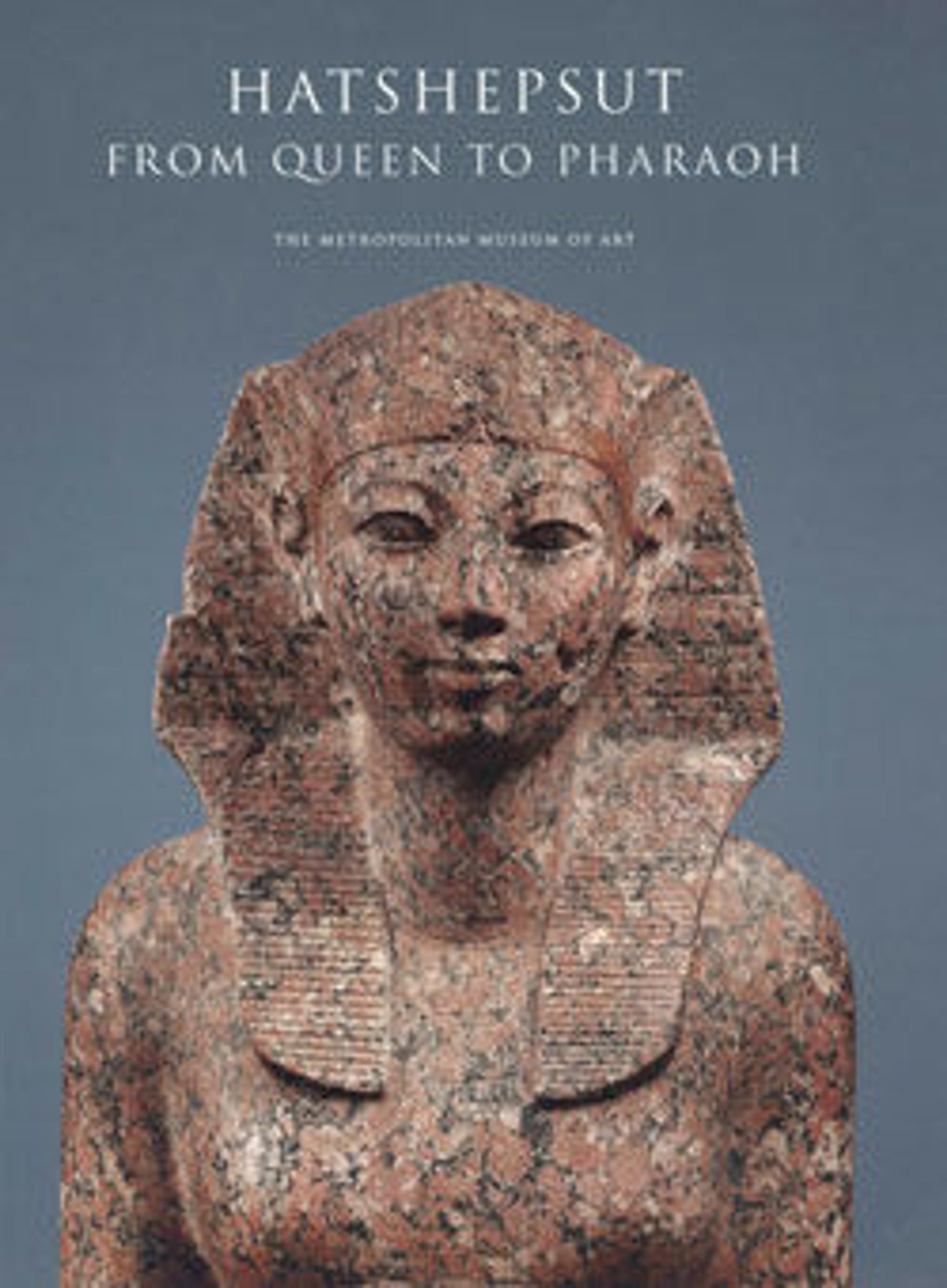Statue of Senenmut Holding a Sistrum
In this small statue, Senenmut is shown holding a large sistrum, a kind of rattle used in religious ceremonies. The sistrum was particularly associated with the goddess Hathor, whose emblem (a woman with cow's ears) decorates the front.
Artwork Details
- Title:Statue of Senenmut Holding a Sistrum
- Period:New Kingdom
- Dynasty:Dynasty 18
- Reign:Joint reign of Hatshepsut and Thutmose III
- Date:ca. 1479–1458 B.C.
- Geography:Possibly from Upper Egypt, Thebes; From Egypt
- Medium:Porphyritic diorite
- Dimensions:H. 22 5 cm (8 7/8 in.); W. 8.2 cm (3 1/4 in.); D. 12.3 cm (4 13/16 in.)
- Credit Line:Bequest of George D. Pratt, 1935
- Object Number:48.149.7
- Curatorial Department: Egyptian Art
More Artwork
Research Resources
The Met provides unparalleled resources for research and welcomes an international community of students and scholars. The Met's Open Access API is where creators and researchers can connect to the The Met collection. Open Access data and public domain images are available for unrestricted commercial and noncommercial use without permission or fee.
To request images under copyright and other restrictions, please use this Image Request form.
Feedback
We continue to research and examine historical and cultural context for objects in The Met collection. If you have comments or questions about this object record, please contact us using the form below. The Museum looks forward to receiving your comments.
